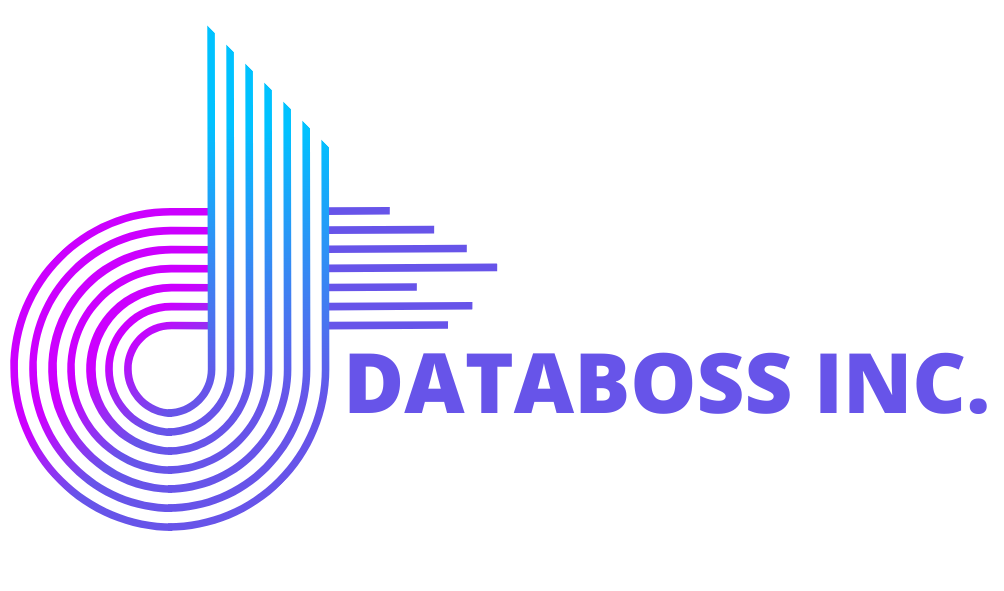The NYSE American and Nasdaq are two major stock exchanges with different market types, trading mechanisms, and types of listed companies. The New York Stock Exchange (NYSE) American and the National Association of Securities Dealers Automated Quotations (Nasdaq) are two of the largest stock exchanges in the world. Both based in New York City, they play crucial roles in the global financial markets, providing a platform for buying and selling securities. While they share similarities, they have significant differences in their operations, listings, trading mechanisms, and types of companies they attract.
NYSE American (Formerly AMEX)
The NYSE American, formerly known as the American Stock Exchange (AMEX), has a long and rich history that dates back to the late 18th century. It was founded in 1792 when 24 brokers signed the Buttonwood Agreement, creating the first securities exchange in the United States. Over time, the NYSE American has evolved, and in 2008, it was acquired by NYSE Euronext (now Intercontinental Exchange) and became NYSE MKT, before adopting its current name, NYSE American.
Key Features of NYSE American:
- Market Type: Auction Market The NYSE American operates as an auction market, where buyers and sellers interact directly with each other by entering competitive bids and offers. The prices at which securities are traded reflect the highest price a buyer is willing to pay and the lowest price a seller is willing to accept. These bids and offers are matched by the exchange’s specialists, who facilitate the trading process.
- Listing Requirements: To be listed on the NYSE American, companies must meet specific requirements. These include having at least 1,100,000 shares available for trading and having at least 400 shareholders. Additionally, the market value of a company’s public shares must be at least $40 million, and the share price must be at least $4.
- Types of Companies Listed: The NYSE American primarily lists small- and mid-cap stocks, along with exchange-traded funds (ETFs) and options contracts. It is known for being a platform for growing companies and offers innovative trading options.
- Trading Mechanism: The NYSE American employs specialists who facilitate the trading of stocks. These specialists are responsible for matching buyers and sellers and maintaining a fair and orderly market for each listed security.
Nasdaq
The Nasdaq was established in 1971 by the National Association of Securities Dealers (NASD) to create an electronic stock market. It began as the world’s first electronic stock exchange, offering automated quotations but without the ability to execute trades initially. Over time, it evolved into a fully automated and computerized market.
Key Features of Nasdaq:
- Market Type: Dealer’s Market Unlike the NYSE American’s auction market, the Nasdaq operates as a dealer’s market. In this system, multiple dealers, known as market makers, post prices at which they are willing to buy or sell specific stocks. Market makers are member firms or participants, such as brokerage companies or banks, who actively facilitate buying and selling on behalf of traders.
- Listing Requirements: To be listed on the Nasdaq, companies must meet certain criteria, including having at least 1,250,000 shares available for public trading and meeting financial and liquidity requirements. The Nasdaq also sets specific standards for corporate governance and disclosure.
- Types of Companies Listed: Nasdaq is known for being the preferred exchange for technology-oriented companies, growth-oriented firms, and innovative startups. While it houses major technology giants like Apple, Microsoft, and Amazon, it also lists companies from various sectors, including consumer goods and healthcare.
- Trading Mechanism: The Nasdaq exchange uses an electronic trading system to match buyers and sellers. Trades are executed through automated computer networks, and market makers play a crucial role in maintaining liquidity and efficiency.
Differences Between NYSE American and Nasdaq
- Market Type: The primary difference between NYSE American and Nasdaq is their market type. NYSE American operates as an auction market, where buyers and sellers interact directly through bids and offers. Nasdaq, on the other hand, operates as a dealer’s market, with multiple market makers facilitating trades on behalf of buyers and sellers.
- Trading Mechanism: NYSE American relies on specialists who oversee the trading of each listed security and maintain a fair market by matching bids and offers. Nasdaq, being fully automated, uses computer networks and market makers to match buyers and sellers swiftly.
- Types of Companies Listed: NYSE American focuses on small- and mid-cap stocks, options, and ETFs. Nasdaq, known for its technology-oriented reputation, lists a diverse range of companies, including major technology firms and growth-oriented businesses.
- Listing Requirements: Both exchanges have different listing requirements in terms of the number of shares available for trading, market value of public shares, share price, and financial performance of the companies.
- Perception: NYSE American is often seen as a platform for growing companies, while Nasdaq is perceived as a market for technology stocks and innovative startups.
- Market capitalization: The Nasdaq has a market capitalization of $26.6 trillion, while the NYSE has a market capitalization of $29.1 trillion. This means that the NYSE has a larger number of large-cap companies listed on its exchange.
- Trading volume: The Nasdaq has a daily trading volume of 1.1 billion shares, while the NYSE has a daily trading volume of 1.9 billion shares. This means that the NYSE has a higher trading volume than the Nasdaq.
- Listing fees: The Nasdaq’s listing fees are lower than the NYSE’s listing fees. This makes it more affordable for smaller and younger companies to list on the Nasdaq.
The NYSE American operates as an auction market, relying on specialists to facilitate trades, while Nasdaq is a dealer’s market, using electronic systems and market makers to match buyers and sellers. Each exchange has its unique strengths and attracts different types of companies and traders. Understanding these differences can help investors make informed decisions when navigating the world of stock trading and investing. The Nasdaq and the NYSE are both major stock exchanges with their own unique strengths and appeal. The best exchange for a particular company or investor will depend on a variety of factors, including the company’s size, stage of development, and investor’s preferences.
Here is a table that summarizes the key differences between Nasdaq and NYSE:
| Nasdaq | NYSE | |
| Structure | Fully electronic | Hybrid (electronic and floor-based) |
| Listing requirements | Lower | Higher |
| Market capitalization | Smaller | Larger |
| Trading volume | Lower | Higher |
| Listing fees | Lower | Higher |
| Ticker symbols | Typically 4-5 letters | Typically 3 letters |
| Trading hours | 4:00 PM to 8:00 PM ET | 4:00 PM to 8:00 PM ET |





